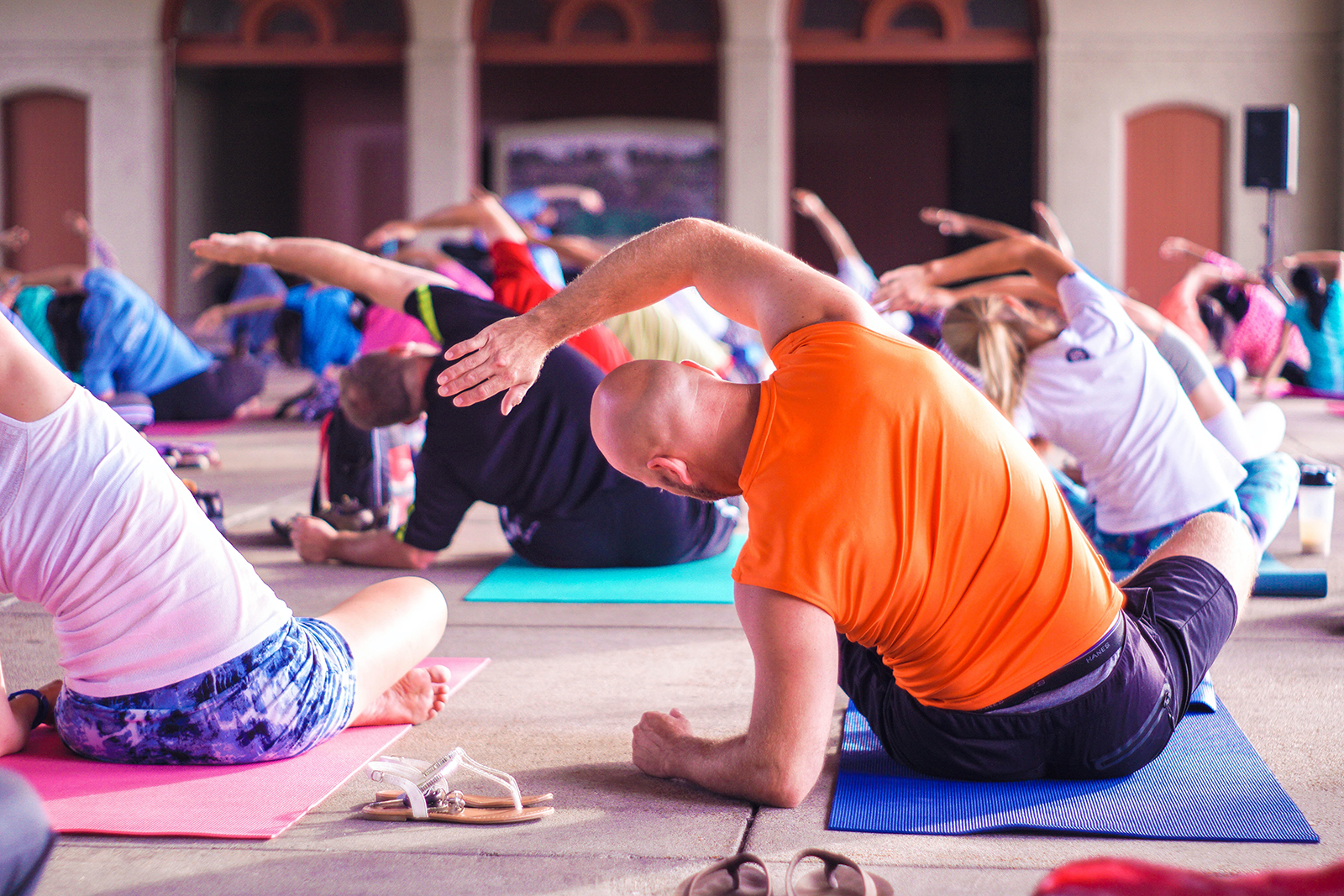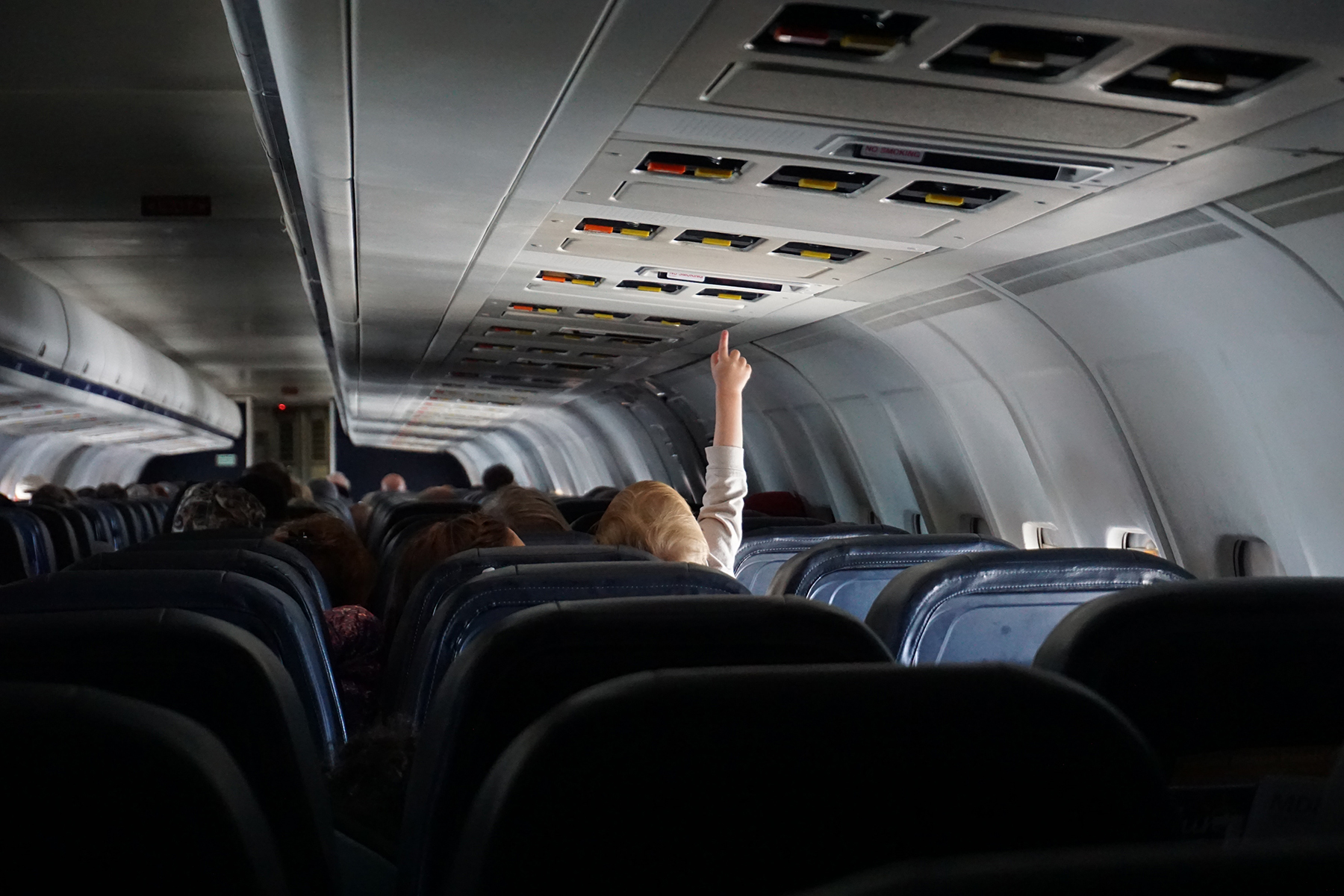
SELF CARE WITH STRUCTURES AND ROUTINES
This month’s theme is self-care – which works in conjunction with our 2022 theme of self-awareness and growth. Self-care encompasses many different aspects of well-being. Last year we spoke about the occupation of self-care, the tasks involved and how to break them down.
This year I’d like to speak about self-care routines and how we can implement daily, weekly and monthly habits to ensure greater wellbeing. Optimal self-care is achieved through structure and routine. In doing so we are able to maintain balance, complete day to day activities and achieve goals.
There are so many positives to having a rhythm, structure and routine within our daily lives such as; comfort, security and safety, productivity and achievement. Our routine forms the structure and basis for everything we do.
So, I’d like you to take a look at your daily routine. How do you spend your days? Is your daily routine supportive of you and your family achieving your goals? Does it give you a healthy and balanced structure? One that reduces stress?
Take a moment to write down what a typical week day looks like for you and let’s discuss the ways in which you could enhance it moving forward.
The most important thing about establishing a routine is to remember that it needs to be tailored to your individual needs. Every single person on this planet is different. There’s no one size fits all, or right way to do things. The best place to start is with your value set. Identify what’s most important to you and then work backwards from there – are your routines supporting your values? If for example one of your values is family – what are your day to day routines doing to support and cultivate a strong relationship with those in your immediate and extended family? Can you do simple things like ensure that your family eats together each night with phones / technology removed to ensure open communication and connection?
Routines and structures that we put in place are vital, but life doesn’t always stay the same and we need to still allow for these movements and alterations as well. You have to be mindful of being somewhat flexible with your routine and remembering that life is about balance.
Try to ensure that you follow routine 80% of the time and allow for movement within the other 20%.
Another key element of routine is timing and establishing structures. We live in a fast paced world that is ever changing. Finding structure in day to day life can actually promote a sense of calm in not only your life, but the lives of those around you. Establish clear boundaries within your structures eg: when you arrive home allot a time to check emails from work if needed but then switch off and remain present with your family – to ensure that you are tending to your value set.
We aren’t perfect, things don’t always go to plan and you aren’t always going to maintain a routine. It’s important to be kind to yourself. Nothing is gained from you being hard on yourself if structure is not met on a certain day or even week. As occupational therapists, helping our families develop routines to support their goals is a vital part of our job. Doing so creates a sense of ease in daily life. If that’s something you think we could help you with, please don’t hesitate to reach out and ask.
When I began writing this blog, I was reflecting on my own routines and structures. These have changed and continuously evolved as I have moved locations, matured, started my business and transitioned into different phases of my life.
I want to talk to you about the three different levels of routine that I have experienced in the first 30 years of my life to date.
Right now, I have had to rely on my ‘back bone routine’ due to each day being different with work, either traveling, working from home or seeing clients and increased demands over the last few months. This routine and structure is my bare minimum, it’s not enough to keep on top of everything, but it’s enough to maintain my sanity and organisation. I want to make it very clear that it’s fine to have times in your life where the ‘bare minimum’ is quite ok.
The next level of personal structure would be my ‘mid level routine’ – this level for me involves basic self-care routines, structured in a more organised and less chaotic way. I am able to have my morning/evening routines, exercise and regular stretching routines, time to cook and structure my week with lists and goals. In this structure, I am still busy but more of my own individual routines and needs are being met to increase my energy to be engaging in daily life demands more proactively.
Lastly, my ‘Ideal level of routine’ involves establishing and adhering to almost complete structure within my day. It’s when I am able to achieve all required tasks and allow for sufficient time to tend to goals that facilitate my value set. I do want to make it clear that this is a rare occasion, as life doesn’t allow for it on an everyday basis. Within this state, there is more intention in each action throughout the day.
I often get asked about people that are creative or thrive off a lack of routine, how do they find balance and ensure that their values and goals are being met? Structure is effective even for the creatives of the world – I am one of them. The most important element in this instance is to structure time for creativity itself and allow for freedom of choice. Maybe if you sit down to structure your day / week, give yourself an allotted time where you get to choose from a couple of activities – allowing for space and the freedom of choice. I also like to have the freedom to complete the activities and jobs that are required of me in my own time. I will meet the deadlines required but how and when it gets done, I like to be in control of. I like the time and space to sit, create and develop to turn an idea to a task and complete it. But at the core of how I live my day, I still establish routines and structure that help me get through the day itself. This backbone and core routine is paramount, even for us creatives.
So my challenge to you this month is to think about what routine means to you. Answer these questions and develop a new routine for you and your family…
What routines do you have daily, weekly and monthly? On a good day for your children, what do their routines look like?On a not so good day for your children, what do their routines look like? Is it different every time?
If there was one part of your routine at home that you would like help with, what would it be? Think about it, talk to us at Explore and Soar about it. We can help! We will support you, help establish a routine and structure unique to your needs and goals.
A final note and friendly reminder, it takes 30 days to cultivate a new habit.
Are you up for the challenge? Are you looking to make a positive change to your health – physically, emotionally, socially, spiritually.
This is your sign to start a new routine today.
Until next time,
Jess
ORIGINALLY PUBLISHED AUGUST 3, 2022
Latest Posts
- Fine-Tuning Foundations: Nurturing Essential Fine Motor Skills

- Understanding Reflexes for Gross Motor Development

- Navigating Therapy Transitions: Your Path to Growth, Health, and Adaptation

- Nurturing Imagination and Social Skills in Today’s Digital World

- Smooth Sailing Through Life’s Changes: Mastering Emotional Regulation During Transitions


